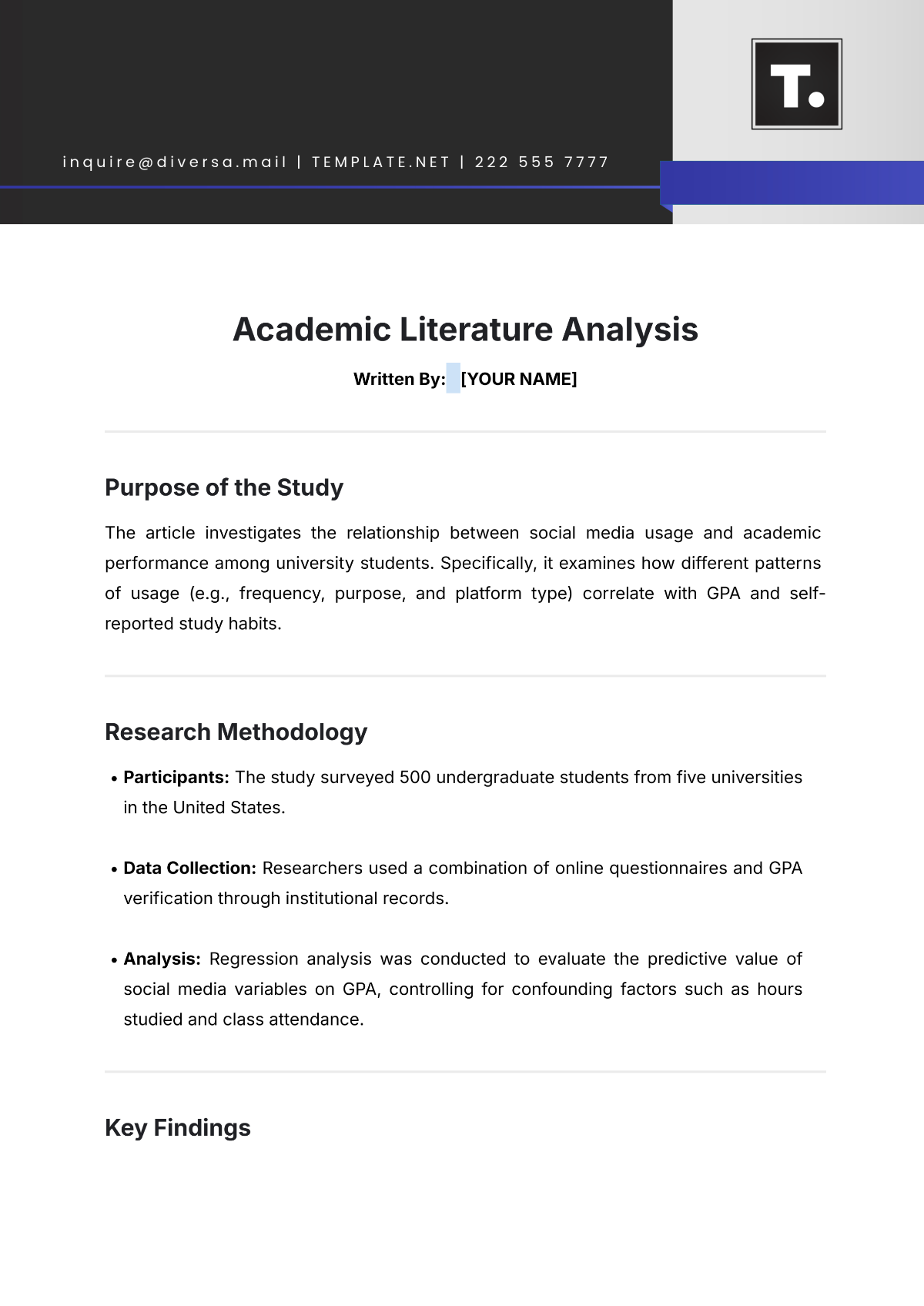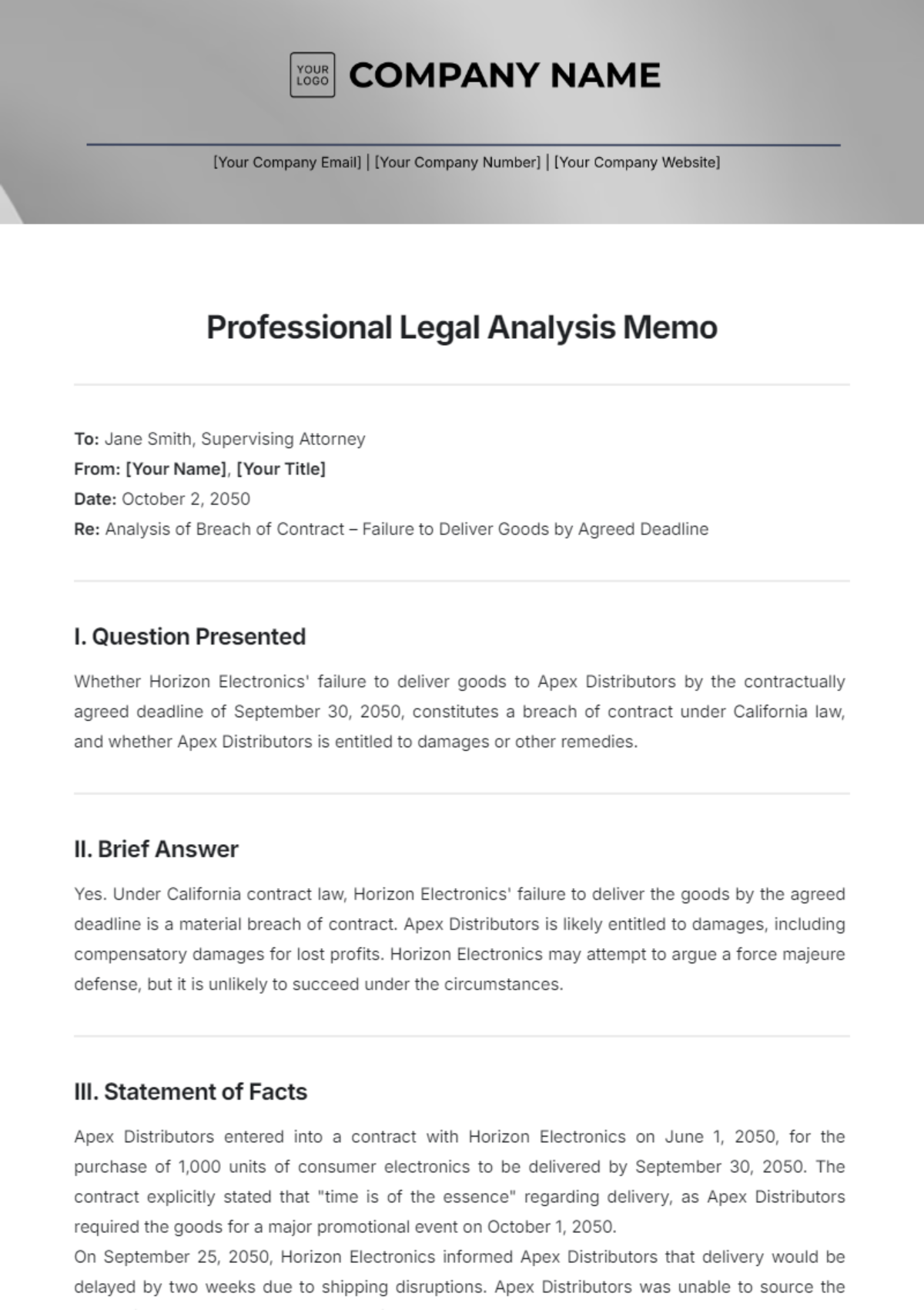Job Task Analysis
Prepared By :[Your Name]
Department :[Your Department]
I. Introduction
In this section, provide a brief overview of the purpose and scope of the Job Task Analysis (JTA). The JTA aims to systematically identify and document the tasks, duties, responsibilities, and skills required for the [Job Title] role. It will provide stakeholders with a comprehensive understanding of the job role and its associated competencies.
II. Job Role Identification
Job Title: [Job Title ]
Job Description: The [Job Title] is responsible for overseeing [Responsibilities]. This role requires [Skills and Qualifications].
III. Task Identification
A. Task List
Customer Service:
Respond to customer inquiries via phone, email, and chat.
Resolve customer complaints and issues promptly.
Assist customers with product selection and troubleshooting.
Inventory Management:
Monitor inventory levels and reorder products as needed.
Conduct regular inventory audits to ensure accuracy.
Coordinate with suppliers for timely deliveries.
Sales and Marketing:
Promote products through various marketing channels.
Generate leads and follow up on sales opportunities.
Achieve sales targets and contribute to revenue growth.
B. Task Analysis
Provide a detailed breakdown of each task identified, including the knowledge, skills, and abilities required to perform them effectively. For example, for the task "Customer Service," the analysis may include communication skills, problem-solving abilities, product knowledge, and proficiency in using customer service software.
IV. Competency Requirements
List the competencies needed for successful job performance.
Communication Skills: Strong communication with customers and colleagues.
Problem-Solving: Efficient at solving customer problems and finding solutions.
Product Knowledge: Thorough knowledge of company offerings.
V. Importance and Frequency Assessment
Assess the importance and frequency of each task. Refer to Table 1 for the task importance and frequency assessment.
Table 1: Task Importance and Frequency Assessment
Task | Importance | Frequency |
|---|---|---|
Customer Service | High | Daily |
Inventory Management | Medium | Weekly |
Sales and Marketing | High | Monthly |
VI. Stakeholder Involvement
Identify the stakeholders involved in the JTA process and their roles. Refer to Table 2 for stakeholder involvement.
Table 2: Stakeholder Involvement
Stakeholder | Role |
|---|---|
HR Department | Coordinate JTA process |
Department Manager | Provide job insights |
Training Manager | Develop training programs |
VII. Use Cases
Describe the common use cases for the JTA results. Use cases include designing training programs tailored to job requirements, evaluating employee performance based on identified competencies, designing job descriptions aligned with job tasks, and ensuring compliance with industry standards and regulations.
VIII. Conclusion
Summarize the key findings of the Job Task Analysis and highlight its significance for workforce planning, training, performance management, and job design. The JTA provides valuable insights into the [Job Title] role, facilitating informed decision-making and strategic planning.

















































